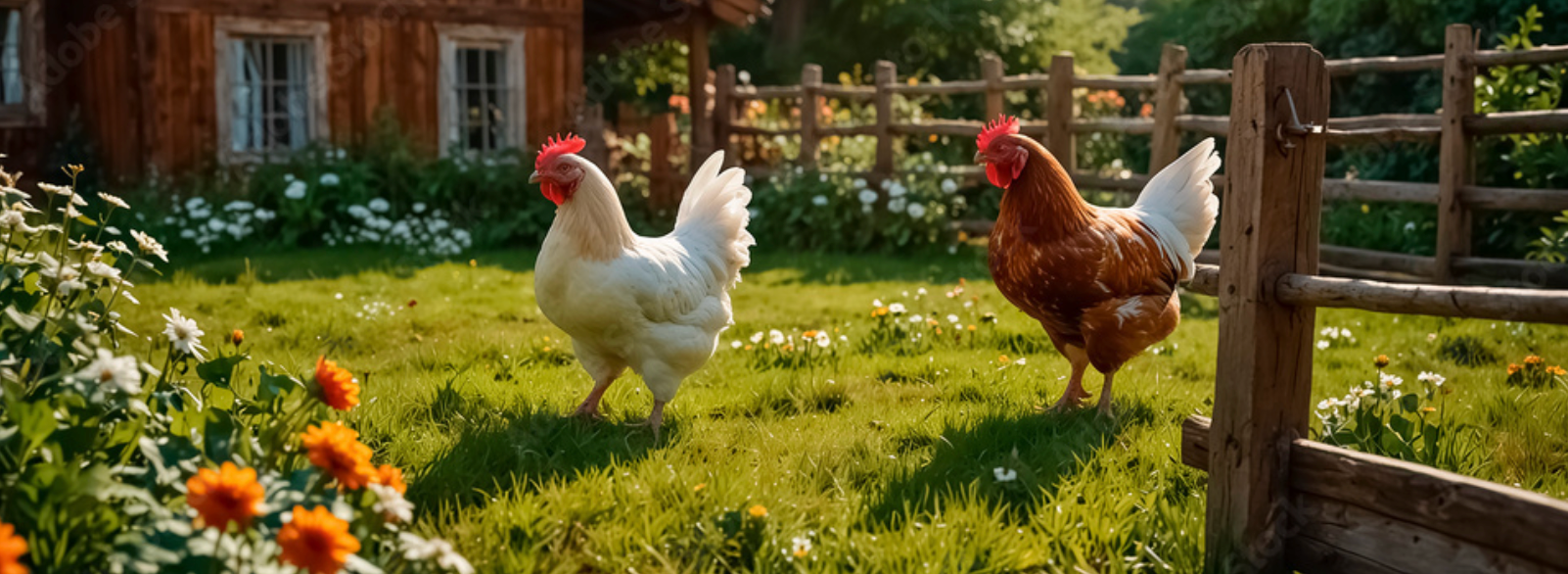Preparing Your Yard for a Bountiful Garden Vegetables, Herbs, Flowers, and Fruit Trees
Creating a thriving garden in your yard, whether it's for vegetables, herbs, flowers, or fruit trees, starts with careful preparation. Here are the essential steps to get you started:
1. Assess Your Space and Climate
Begin by evaluating the size of your yard and understanding your local climate. This will help you choose the right plants that will thrive in your environment. Consider factors like sunlight, rainfall, and temperature ranges.
2. Clear and Clean the Area
Remove any existing grass, weeds, and debris from the area where you plan to plant. This will give your new plants the best chance to grow without competition for nutrients and water.
3. Test and Amend the Soil
Testing your soil is crucial to understand its pH and nutrient levels. You can purchase a soil test kit or send a sample to a local extension service. Based on the results, amend the soil with compost, organic matter, or specific fertilizers to create a fertile growing environment.
4. Plan Your Layout
Design your garden layout considering the space requirements and growth habits of different plants. Group plants with similar needs together. For example, place sun-loving vegetables and herbs in the sunniest spots, while shade-tolerant flowers can go in less sunny areas.
5. Prepare the Soil
Loosen the soil to a depth of about 12 inches to ensure good root growth. For larger plants like fruit trees, dig deeper holes to accommodate their root systems. Raised beds can be a great option for better drainage and easier maintenance.
6. Plant Selection
Choose a variety of plants that suit your climate and soil conditions. For vegetables, consider easy-to-grow options like tomatoes, lettuce, and peppers. Herbs like basil, rosemary, and mint are great for beginners. Select flowers that will add color and attract pollinators, and choose fruit trees that are known to thrive in your region.
7. Planting
Follow the planting instructions for each type of plant. Generally, seeds should be planted at a depth of about twice their diameter, while seedlings should be planted at the same depth they were in their pots. Water the plants thoroughly after planting.
8. Mulching and Watering
Apply a layer of mulch around your plants to retain moisture, suppress weeds, and regulate soil temperature. Water your garden regularly, ensuring that the soil stays consistently moist but not waterlogged.
9. Maintenance
Regularly check your garden for pests and diseases. Prune plants as needed to encourage healthy growth and remove any dead or diseased parts. Fertilize periodically based on the needs of your plants.
By following these steps, you'll create a strong foundation for a productive and beautiful garden. Happy gardening!
